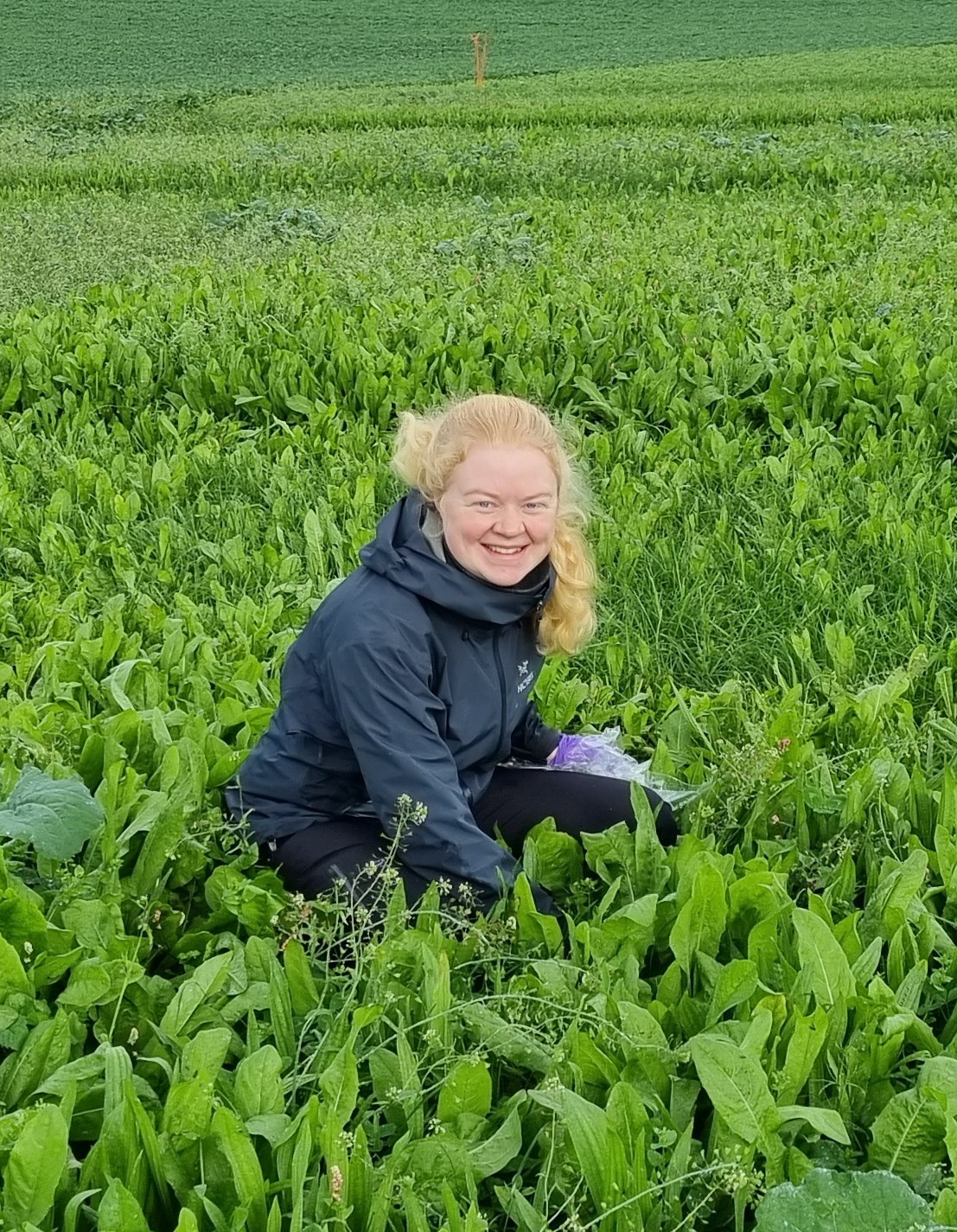

Linn Huser is one of two Doctoral Researchers who are working with Cotswold Seeds as part of the LegumeLegacy project. We asked each of the Doctoral Reesarchers to produce a technical article for us and Linn's article is titled 'Diploids and Tetraploids in Grassland Leys - Diversity in Varieties for Rich and Robust Fields.' You can read it here:
Diploids and Tetraploids in Grassland Leys
About LegumeLegacy
The EU-funded LegumeLegacy project aims to adapt existing mixed or ruminant based production systems, using state of the art knowledge from ecology, agronomy, statistics and other fields to minimize greenhouse gas emissions, nutrient inputs and leaching (and costs), while increasing carbon stocks, biodiversity and yield stability. To achieve this, LegumeLegacy includes a common experiment across multiple LegumeLegacy sites with 11 Doctoral Researchers collaborating on the common experiment with their own complementary research objectives.
To develop a model system of crop rotation, grassland plots of varying diversity of six species (two grasses, two legumes, two herbs, selected for complementary functional traits) have been established as a grassland ley which is grown, terminated and followed by a wheat crop. The effect of the diversity of the grassland ley on the performance of the crop rotation will be evaluated by measurement of yield, quality and environmental performance. LegumeLegacy will then recommend the design of grassland leys within crop rotations to optimise agronomic and environmental performance.
Date Posted: 8th August 2024



